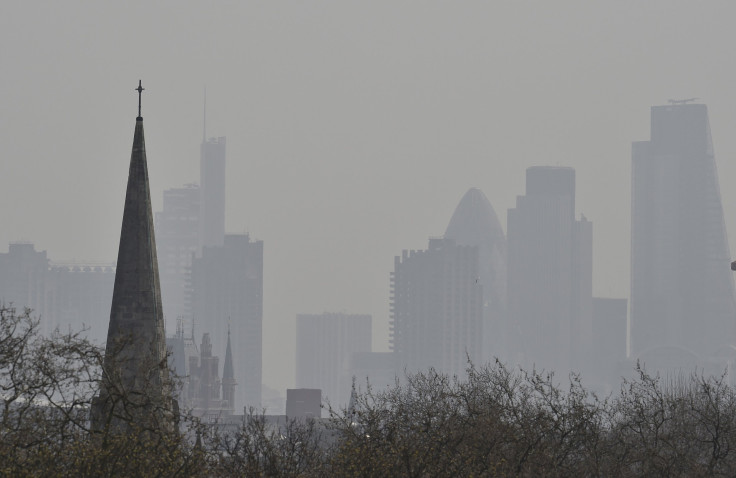Pollution In London Surpasses Beijing: Europe Chokes On Freezing Smog

The air pollution in London was recorded to have gotten worse than in infamously smoggy Beijing, China, according to readings from the government controlled Air Quality Index. Beijing is the capital city of a country known for being the world’s greater producer of greenhouse gasses.
London Mayor Sadiq Khan issued the highest air pollution alert in the city Monday, saying one day later that its “filthy air” was beginning to be a “health crisis,” the Telegraph reported.
The quality of the air at some of the 133 different stations recording air pollution in London has reached a peak 197 micrograms per cubic meters for particulate matter, which constitutes smog in the air, according to readings Monday. The air quality in parts of Beijing was recorded at 190, which is still considered “unhealthy.”
Wood burning stoves in the UK were responsible for approximately 10 percent of the particulate pollution in the winter months. A dangerous combination of no wind and extreme cold with the heavy burning of wood and coal for indoor heating purposes resulted in a freezing wave of smog across England and the entire European continent, BBC News reported Wednesday.
Europe as a whole has seen a significant uptick in air pollution, with many countries being forced to resort to emergency actions. In addition to the U.K., other countries such as Belgium and France advised all of its citizens against exercising outside — particularly the elderly and those suffering from respiratory ailments.
Nitrogen dioxide levels in London rose above those in Beijing in 2014, but Monday’s readings were the first time particulate matters in London’s air surpassed those in the Chinese capital.
One of the main reasons why Europeans have been experiencing this freezing wave of smog and Americans aren’t is because of Europe's higher usage of diesel cars, which contribute to air pollution at a greater rate than gas-powered cars do.
© Copyright IBTimes 2025. All rights reserved.






















